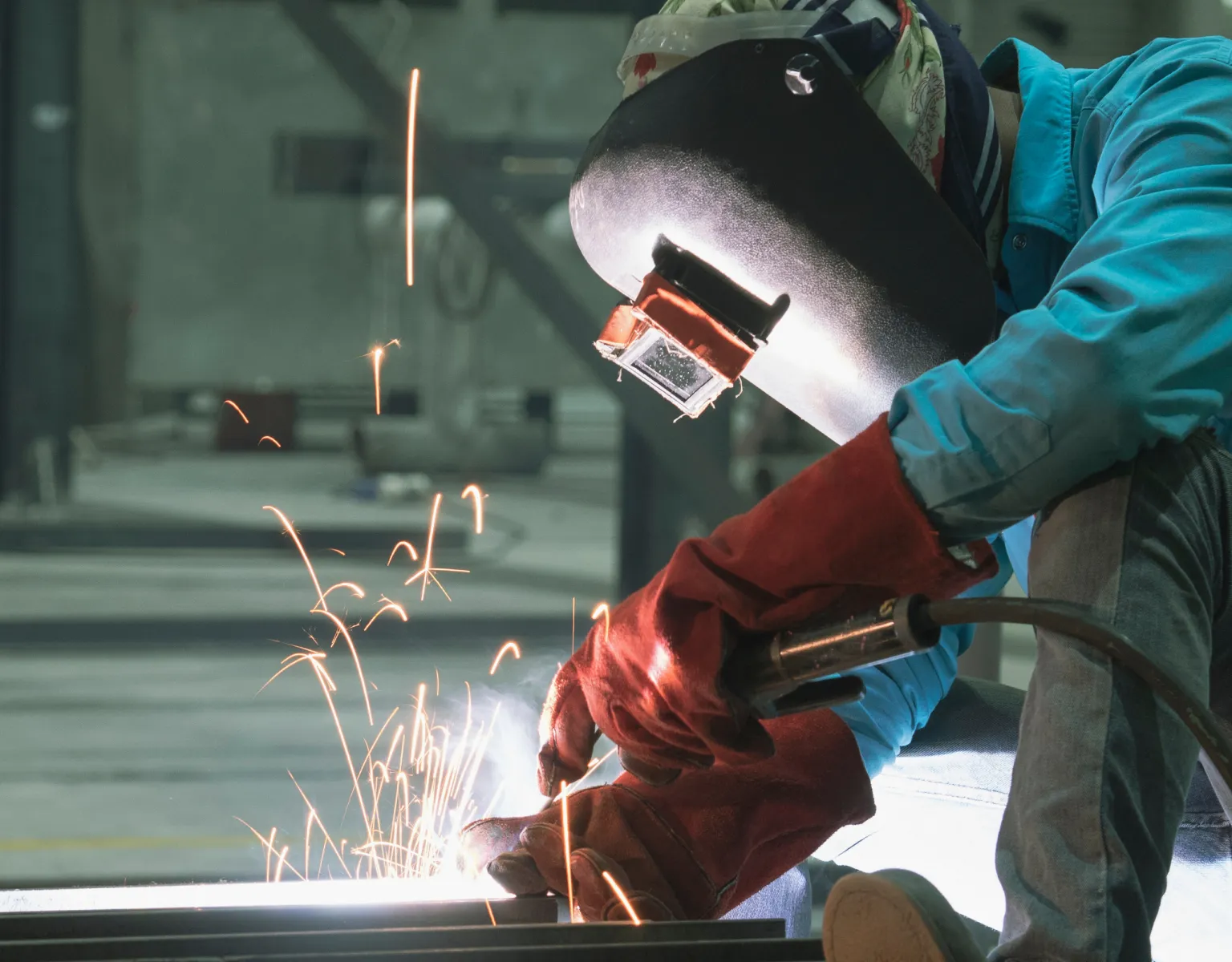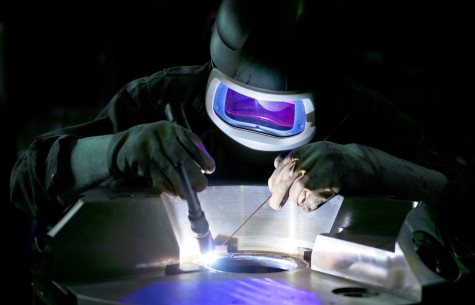Premier Welding Inspection Service for Production Facilities
Unlocking the Key Sorts Of Welding Solutions for Your Projects
In today's landscape of diverse welding solutions, comprehending the nuances and applications of numerous welding methods is vital for effective task execution. From frequently made use of methods to advanced modern technologies, the world of welding offers a range of possibilities to deal with various job needs. By unraveling the essential kinds of welding solutions available, one can browse the intricacies of picking one of the most appropriate strategy to make sure accuracy, effectiveness, and high quality in welding projects. As we embark on this exploration of welding solutions, a deeper insight right into the globe of welding waits for, encouraging insights that can boost the end results of your tasks.
Common Welding Techniques
Several typically utilized welding strategies play critical duties in various commercial industries. One of the most extensively used approaches is Gas Steel Arc Welding (GMAW), additionally referred to as MIG welding. This strategy involves feeding a wire electrode through a welding weapon, which is attached to a source of power and protected by a gas mixture to protect the weld pool from climatic contaminants. GMAW is valued for its convenience, high welding rates, and capacity to weld various steels.
An additional prominent welding technique is Gas Tungsten Arc Welding (GTAW), commonly described as TIG welding. TIG welding utilizes a non-consumable tungsten electrode to create the weld and needs a different filler material. This method is preferred for its accuracy, ability, and control to create top quality welds on thin materials.
Shielded Metal Arc Welding (SMAW), or stick welding, is an additional important method where a flux-coated electrode is made use of to create the weld. SMAW is known for its simpleness, convenience, and suitability for exterior and on-site welding applications. These common welding techniques are essential for fabricating structures, machinery, and different tools across industries.
Advanced Welding Processes
Advanced welding procedures encompass cutting-edge strategies that push the limits of typical welding methodologies in regards to adaptability, accuracy, and performance. One such procedure is laser beam welding, which utilizes a concentrated beam to join metals with minimal heat-affected zones, making it optimal for high-precision or delicate projects. In addition, electron beam of light welding employs a high-velocity electron light beam to develop deep welds in thick products, using exceptional toughness and quality.
Furthermore, rubbing stir welding is a solid-state joining procedure that makes use of a turning device to develop frictional warm, bonding products without thawing them. This method is specifically beneficial for joining lightweight alloys with remarkable mechanical homes. One more cutting-edge method is ultrasonic welding, where high-frequency ultrasonic vibrations are used to develop solid-state welds in plastics, metals, and other products, providing rapid and clean signing up with services.
These advanced welding procedures satisfy a varied series of industrial demands, offering reliable, top quality, and accurate remedies for various tasks, from aerospace components to auto parts and past.
Specialized Welding Applications

Automated Welding Solutions
In modern-day industrial setups, the execution of automated welding services has revolutionized production processes by improving performance and accuracy. Automated welding systems utilize sophisticated modern technologies such as robotics, computer numerical control (CNC), and expert system to carry out welding tasks with minimal human intervention (Welding Inspection Service). These systems provide many benefits, consisting of raised efficiency, boosted weld top quality, and lowered production expenses
One secret benefit of automated welding services is their capability to regularly generate high-quality welds, bring about boosted total product top quality. Furthermore, these systems can run constantly, 24/7, without the requirement for breaks, resulting in higher output degrees and faster job conclusion times. By making use of automated welding remedies, business can likewise reduce the dangers connected with human mistake, ensuring greater precision and repeatability in the welding procedure.
In addition, automated welding solutions are adaptable and highly versatile to various welding applications, from detailed parts to large frameworks. Whether in automobile production, aerospace industries, or construction tasks, the integration of automated welding systems provides an one-upmanship by improving operations and providing premium welding outcomes.
Ingenious Welding Technologies
The evolution of automated welding options has actually led the way for the integration and advancement of innovative welding technologies in contemporary industrial applications. One such sophisticated modern technology is laser beam welding, which makes use of a very concentrated light beam news of light to join steel elements with accuracy and performance. This method is specifically valuable for projects calling for intricate welds on materials with high melting factors or for applications where very little heat-affected areas are vital.
One more innovative welding innovation gaining popularity is rubbing stir welding (FSW), a solid-state signing up with process that develops high-strength bonds by generating frictional warm in between 2 items of metal. FSW is extensively used in sectors such as aerospace and vehicle for its capacity to produce welds with remarkable mechanical buildings and improved architectural stability.
Furthermore, electron beam welding (EBW) is a sophisticated method that makes use click this of a beam of high-velocity electrons to develop accurate, deep welds in metal components. This technology is favored for its capacity to weld dissimilar steels and products with varying thicknesses efficiently. As markets continue to demand better and effectiveness in welding processes, these innovative modern technologies are poised to play a substantial duty in forming the future of commercial welding applications.

Conclusion
Finally, recognizing the key kinds of welding services is essential for successfully completing a range of jobs. From typical welding methods to advanced procedures, specialized applications, automated options, and ingenious innovations, each approach uses special advantages and applications. By familiarizing yourself go to this website with these various welding alternatives, you can select one of the most appropriate approach for your details job needs and attain high-grade outcomes.
In today's landscape of diverse welding solutions, comprehending the nuances and applications of numerous welding methods is paramount for successful project implementation. By untangling the crucial types of welding solutions available, one can navigate the intricacies of picking the most appropriate technique to make certain precision, efficiency, and high quality in welding jobs. As we begin on this expedition of welding solutions, a deeper understanding right into the world of welding waits for, appealing insights that can boost the results of your tasks.
